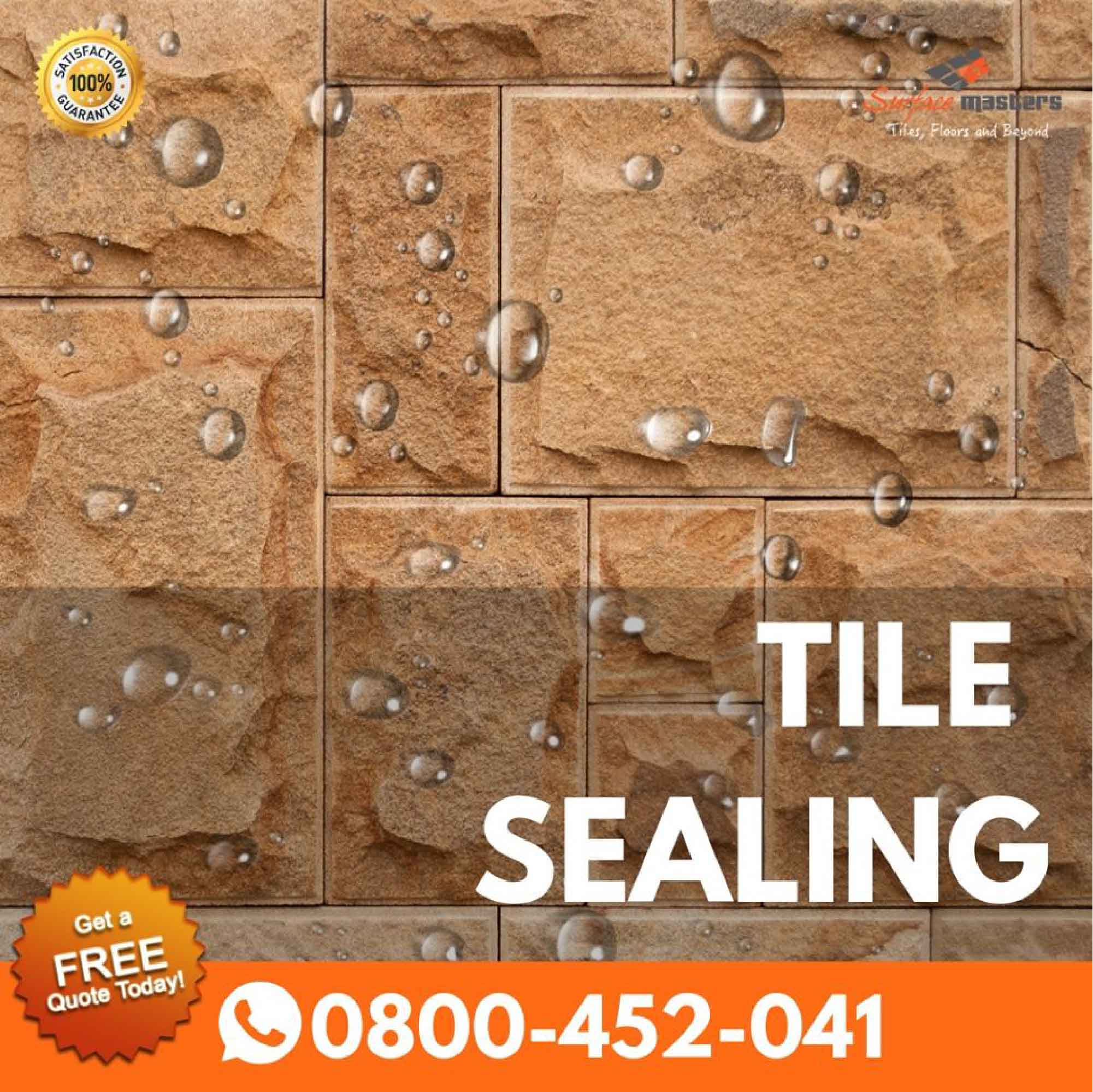

Polished porcelains hard, dense and often smooth surface makes the application of surface sealers almost impossible and is the reason why penetrating sealers, like Pro Solv 10 are the industry standard. It is a premium sealer in that it offers high levels of stain resistance (especially against oils) and has a life expectancy of up to 10 years making it far superior to traditional solvents. It will not yellow and can be safely applied in hot temperatures, as its flash point is very high. It is non-flammable, non-toxic and has very good vapor transmission. Aqua Mix Pro Solv 10 for example is a water dispersible solvent. These new generation solvent sealers are much improved compared to the traditional versions. These are at present solvent based as they allow high performance as well as no modification to traditional application techniques.
-b3a30bbd-1920w.jpg)
Therefore companies such as Aqua Mix have developed specialised porcelain sealers. With most sealer companies trying to enhance productivity and quality control it is however believed to be counterproductive to change the normal and recognized method of penetrating sealer application. However if the application technique of a premium water base product (such as Aqua Mix Sealers Choice) is modified to allow the sealer to dwell for longer than the resulting performance is superior to traditional solvent sealers. The rationale is the solvents have a smaller molecular structure than water making it easier for them to penetrate the dense porcelain surface. It is commonly thought that the most successful penetrating sealers for porcelain are solvent based rather than water. They typically leave the tile looking natural and have no adverse effect on the tiles coefficient of friction (slip resistance). These sealers cure and work below the surface of the tile. There are only two types of sealers that will successfully protect porcelain, Penetrating type products and also Floor Finishes. It has low water absorption and a very fine highly compressed crystal lattice making it difficult for many conventional sealers to bond. The unique composition of porcelain makes it a difficult product to seal. In general it is the polished products that are the most applicable, especially some of the “honed” or satin materials that are being offered. If after several minutes water is absorbed then the tile can stain and will benefit from sealing. To ascertain if a porcelain will benefit from a sealer application do a simple water test. The fact is that there are now many porcelains that have a rate of water absorption higher than the original standard thus requiring a sealer to perform properly. Consequently where in the past we recommended no sealing for “porcelain”, we now ask for more information about the particular porcelain before answering. However this definition is no longer something that can be attributed to all products labeled porcelain. By default it set the definition of “porcelain”. In contrast, originally a small select group working to a defined set of high performance standards manufactured all porcelains in Europe. Today we have so many different kinds of porcelain, manufactured with different standards in different countries to meet varying pricing and performance demands. There are now many types of porcelain, especially polished, that do absorb liquids and hence can benefit from sealing. This should therefore be the end of the story. So, with such low water absorption and with the clay being milled and spray dried to such small particle size distributions before pressing and then firing to over 1200 degrees Celsius, the resulting porcelain DID NOT NEED SEALING.

In many cases the European manufacturers bettered this impressive standard with common water absorption being less than 0.1%.
SEALING TILED FLOORS ISO
The European standards (Tolerances ISO UNE EN ISO 10.545-3) set water absorption at less than 0.5%. One of the most accessible technical features used by the marketers to highlight this high performance aspect was water absorption. The pioneers of this technology recognized this high performance and marketed it accordingly with porcelain becoming the benchmark. These have high silica content and result in materials that have all of the characteristics of silica itself once fired, namely low water absorption, high chemical resistance, high abrasion resistance, and good overall hardness. Porcelain is made from a more pure blend of high quality clay than used in “normal” ceramic production, utilizing predominantly china or porcelain clays. Porcelain as we know it today was first pioneered in Italy by several notable companies. To fully understand the answer one must know a little about the history and make up of porcelain tile. The question of sealing porcelain is fast becoming one of the most asked in the industry.


 0 kommentar(er)
0 kommentar(er)
